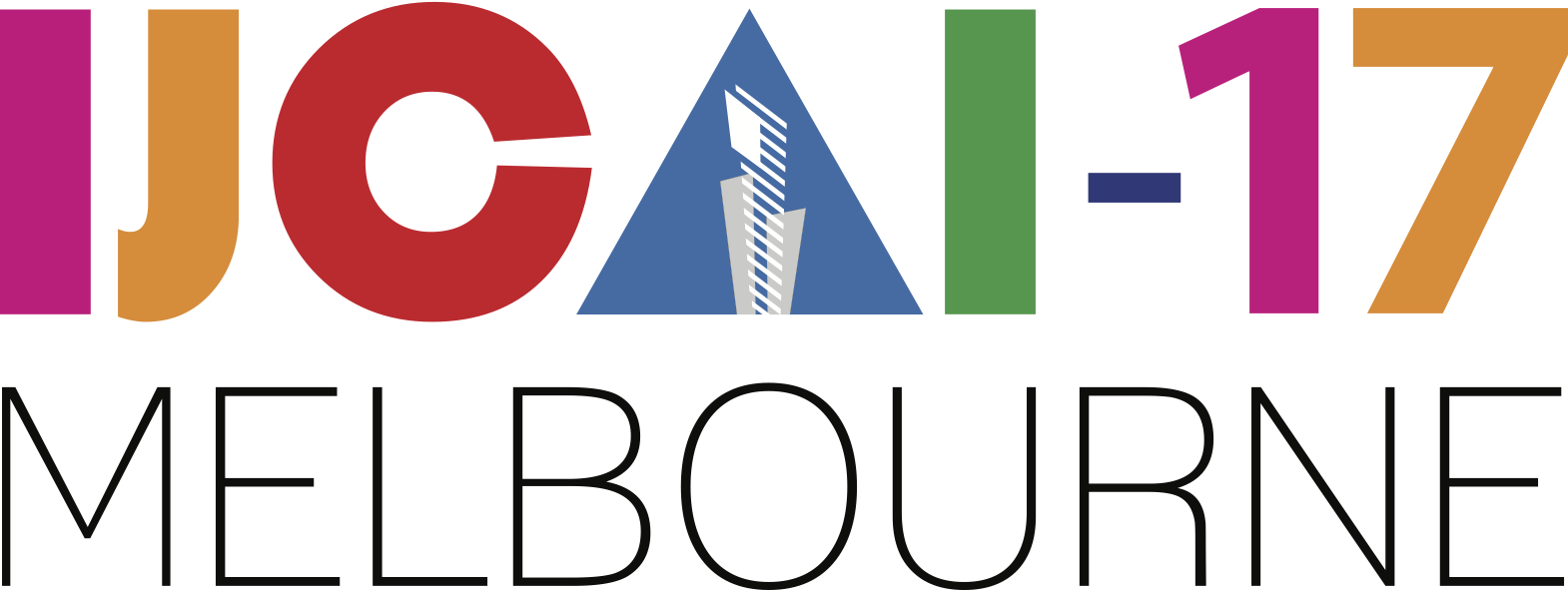Weakening Covert Networks by Minimizing Inverse Geodesic Length
Weakening Covert Networks by Minimizing Inverse Geodesic Length
Haris Aziz, Serge Gaspers, Kamran Najeebullah
Proceedings of the Twenty-Sixth International Joint Conference on Artificial Intelligence
Main track. Pages 779-785.
https://doi.org/10.24963/ijcai.2017/108
We consider the problem of deleting nodes in a covert network to minimize its performance. The inverse geodesic length (IGL) is a well-known and widely used measure of network performance. It equals the sum of the inverse distances of all pairs of vertices. In the MinIGL problem the input is a graph $G$, a budget $k$, and a target IGL $T$, and the question is whether there exists a subset of vertices $X$ with $|X|=k$, such that the IGL of $G-X$ is at most $T$. In network analysis, the IGL is often used to evaluate how well heuristics perform in strengthening or weakening a network. In this paper, we undertake a study of the classical and parameterized complexity of the MinIGL problem. The problem is NP-complete even if $T=0$ and remains both NP-complete and $W[1]$-hard for parameter $k$ on bipartite and on split graphs. On the positive side, we design several multivariate algorithms for the problem. Our main result is an algorithm for MinIGL parameterized by the twin cover number.
Keywords:
Knowledge Representation, Reasoning, and Logic: Game Theory
Combinatorial & Heuristic Search: Combinatorial search/optimisation

